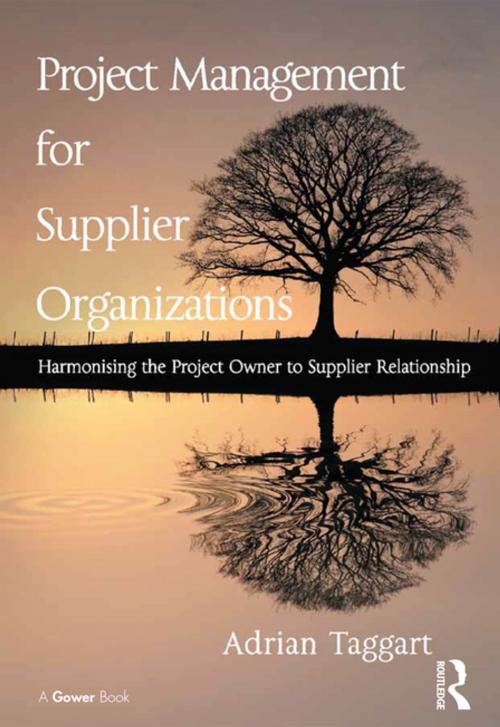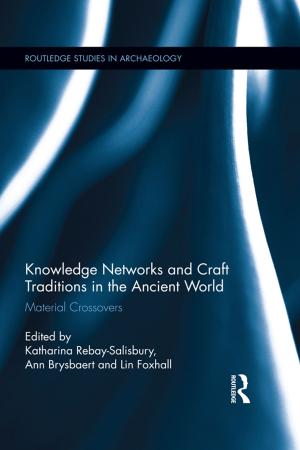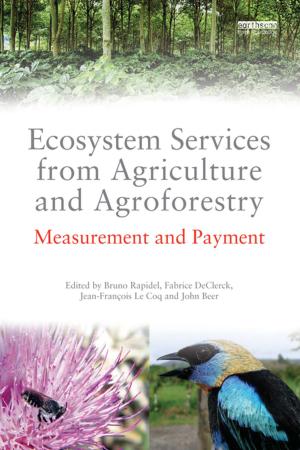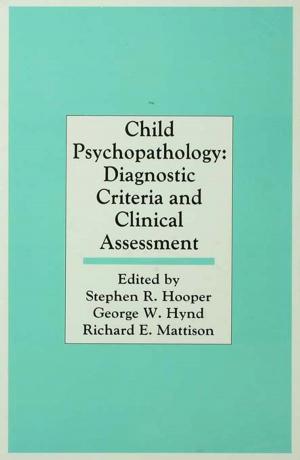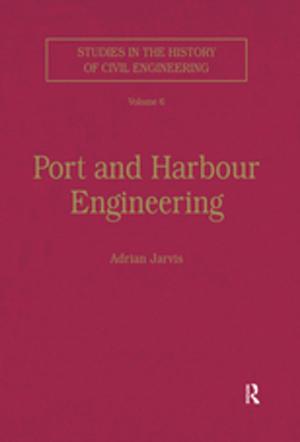Project Management for Supplier Organizations
Harmonising the Project Owner to Supplier Relationship
Nonfiction, Social & Cultural Studies, Political Science, Government, Public Affairs & Administration, Business & Finance, Management & Leadership, Management| Author: | Adrian Taggart | ISBN: | 9781317075158 |
| Publisher: | Taylor and Francis | Publication: | March 3, 2016 |
| Imprint: | Routledge | Language: | English |
| Author: | Adrian Taggart |
| ISBN: | 9781317075158 |
| Publisher: | Taylor and Francis |
| Publication: | March 3, 2016 |
| Imprint: | Routledge |
| Language: | English |
Conventionally, the literature on project management presents the story from the project client, or Owner’s, perspective. Project Management for Supplier Organizations turns this on its head and explores the challenges and remedies from the perspective of the vendors providing the necessary goods and services to a project. It explains the likely impact on the structure, culture, and procedures of Suppliers and identifies the additional competences they may require. It offers new insights, frameworks and models, in particular a new Supplier Organization’s Project Lifecycle Model, that integrate the role of the Supplier as a member of the Owner’s project team with their own necessary commercial activities such as marketing and selling. For Suppliers, this unlocks the contents of the various Bodies of Knowledge, by showing how and where the tools and techniques of project management apply to their particular role. The text explores in some detail the shared and divergent interests of Suppliers and Owners and shows how a well thought-out and carefully executed procurement process maximises the former and diminishes the latter. Such an insight is equally valuable for any Owner Organization. Adrian Taggart’s book provides a refreshing and essential perspective. For Suppliers managing their role in a project, it offers a real insight and an urgent set of priorities. For Owners it shows how best they can work with their suppliers to mutual benefit.
Conventionally, the literature on project management presents the story from the project client, or Owner’s, perspective. Project Management for Supplier Organizations turns this on its head and explores the challenges and remedies from the perspective of the vendors providing the necessary goods and services to a project. It explains the likely impact on the structure, culture, and procedures of Suppliers and identifies the additional competences they may require. It offers new insights, frameworks and models, in particular a new Supplier Organization’s Project Lifecycle Model, that integrate the role of the Supplier as a member of the Owner’s project team with their own necessary commercial activities such as marketing and selling. For Suppliers, this unlocks the contents of the various Bodies of Knowledge, by showing how and where the tools and techniques of project management apply to their particular role. The text explores in some detail the shared and divergent interests of Suppliers and Owners and shows how a well thought-out and carefully executed procurement process maximises the former and diminishes the latter. Such an insight is equally valuable for any Owner Organization. Adrian Taggart’s book provides a refreshing and essential perspective. For Suppliers managing their role in a project, it offers a real insight and an urgent set of priorities. For Owners it shows how best they can work with their suppliers to mutual benefit.
